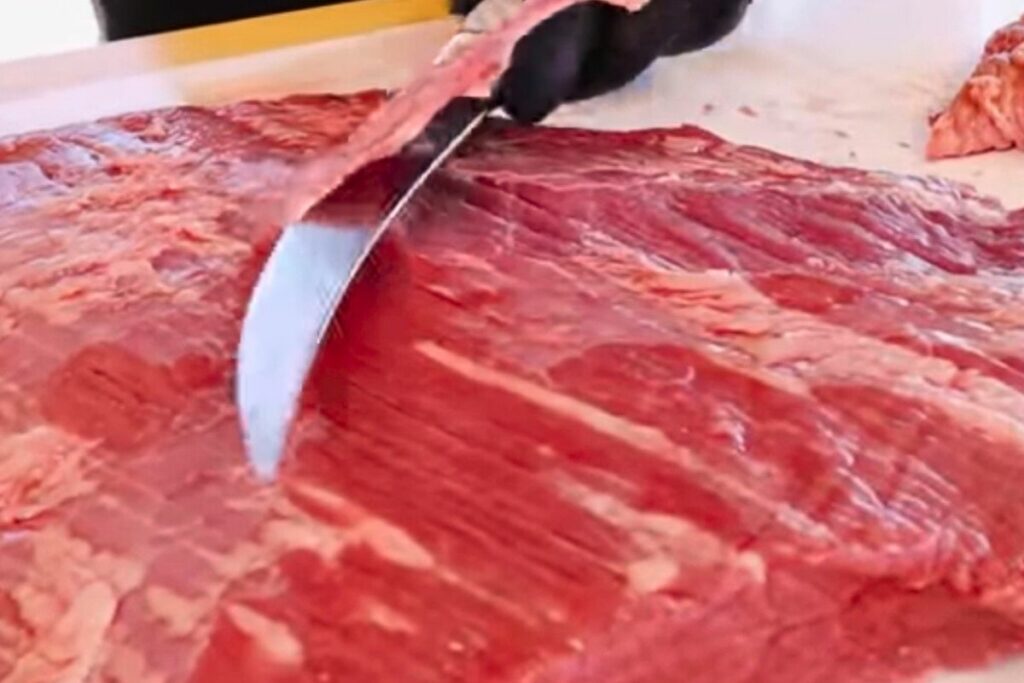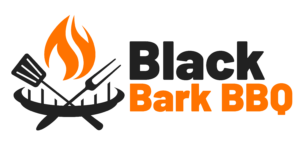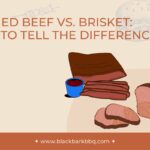Every pitmaster’s goal is to consistently create a perfectly grilled beef brisket. The good news is that this is a possibility that many of us can pursue. The question is whether you would benefit more from a flat cut or a thorough packer.
But what is the difference between these two cuts? And how can you cook them to perfection every time? Read on to find out everything you need to know about these two pieces of meat.
Definitions – Brisket Flat Vs Packer
Brisket Flat
When you look at a brisket, you will notice that it is made up of two pectoral muscles. A brisket fat is one of these muscles. The point is the section of the cut that extends beyond this, which you can learn more about in the Point section further down. These can be cooked alone or in combination, but there are some important differences between the two ways.
In certain circles, the flat is referred to as the “first cut,” and it is far smaller than the point. Its long, rectangular shape makes slicing it straightforward. Even though a layer of fat runs along one side of the cut, it has just a little degree of marbling. After cooking, the fat cap can be trimmed or completely removed.
The Packer
The word “packer” refers to the whole brisket before being divided into two subprimal slices of cattle. As you may imagine, this is a sizable chunk of flesh, weighing between 10 and 16 pounds on average. When cut up, the flat itself may weigh as little as 5 pounds. As a result, many people choose to start their cooking experience on the flat first, as it is a lot easier than tackling the whole packer in one go.
Purchasing a whole packer brisket to get an untrimmed cut that will require much care and attention throughout the cooking process. Even if you choose to leave the fat cap in place, some of the rough edges around the corners may require more trimming. Depending on the meat’s size and your cooking surface, it may also be necessary to chop it down a bit.

The Point End
People who have a passion for cooking, and especially chefs, purchase the complete packer and split the point and flat themselves, cooking half and keeping the remaining portion for later use. Though the flat is much more attractive when put on a plate, that does not mean that you should discount the point
While the flat end of the brisket is more consistent in shape, the pointed end is more irregular, with the grain running in many directions. The beef is well-marbled, lending the dish a rich meaty flavor. Despite the difficulty of slicing the meat into bits, the resulting shredded beef sandwiches or anything else you are making will be delicious.
Even the most casual barbecue fan is likely to have heard of “burnt ends.” This delicacy originated in Kansas City, which is widely regarded as one of the nation’s barbecue capitals. It is used mainly with the point of the beef.
Making burned ends is as simple as grilling the tip of the brisket till tender and then slicing it into cubes. Cooking the cubes for an additional hour or so on the smoker after coating them with barbecue sauce is optional but it makes the whole meal taste even better than before.
Additionally, the point end has an indirect advantage in that it may be cooked at a slightly higher temperature than the flat end without adverse effects. When cooked over 210°F, the flat may become dry, but the point, because of its higher fat content, may be left in the smoker for a longer amount of time without becoming dry.
How To Choose Between Brisket Flat And Packer
The Brisket Flat
When you’re on a tight schedule, we recommend going with the flat roast because it cooks faster. Tailgating gatherings or afternoon barbecues, for example, are great settings for cooking a flat-grilled smoked brisket.
Additionally, if your smoker is on the petite side, the flat is the better alternative. There is no use in acquiring a packer if it will not fit on the cooking grate.
Also, finding a flat is usually much easier than trying to find a whole brisket to buy. If you want more meat for a large gathering, you may save even more time by acquiring two or three flats and cooking them all together rather than attempting to get a whole packer.

Another benefit of a flat is that it will produce more meat than a packer overall. After preparation, you typically wind up with around half the raw weight of a complete brisket, especially if you remove a large quantity of fat. On the other hand, a flat cut may result in a yield of 65 percent or higher.
Finally, once the meat has finished cooking, it’s a simple matter of slicing the flesh. Unless you’re up against a packer, you’ll need to separate the flat from the point first, and then decide how to handle the meat from the other half. Pitmasters of all skill levels, regardless of their experience, may find the method scary and time-consuming, so going with a flat is just all around easier to do.
The Packer
So what about the packer? Cooking a full-packer brisket is a life-changing experience that every barbecue aficionado should have tried at least once in their lives. It will provide you with a huge sense of satisfaction, as well as the opportunity to brag about your achievements to friends and family.
Bragging rights are not the only benefit though. Smoking the entire package allows you to choose between lean sliced brisket from the flat end, and the rich, succulent meat from the packer’s point end. While some people like to select between the two, you may prefer to have both options available.
Although the flat produces more meat (on average) than the packer, the majority of full packer briskets are very big anyway. The advantage of this means that no matter what you pick, you will have more than enough meat to feat a large gathering or party.

How To Cook A Flat
Here is a recipe to get the perfect brisket flat first time every time.
- Preheat your smoker to 225 degrees Fahrenheit. If the temperature in your smoker tends to easily drop, we recommend setting it to 250 degrees to save time. There are strategies for keeping a brisket flat if it is cooked too early, but you do not want to overcook the brisket or it will be ruined.
- Arrange the brisket flat on a clean work surface and pat dry with paper towels to eliminate any remaining moisture. If desired, you can trim the fat cap to a thickness of around 1/4 inch.
- Cover the whole flat with a very thin layer of mustard and season to your tastes with salt and pepper. After this, you can try experimenting with different flavors by adding other seasonings, or you can leave it here if you want to catch all of the smoky flavors when the meat is cooked.
- Place the flat in a smoking chamber and cook until the internal temperature reaches 195-200 degrees Fahrenheit (about 1 hour and 15 minutes per pound). Take the pan off the heat and securely wrap it in aluminum foil. Allow at least 30 minutes for resting before slicing and serving.
How To Cook The Packer
With a few subtle variations, the procedure for cooking a complete packer is identical to that of a flat. To begin, you can use olive oil to help in the spices’ adherence to the meat. Due to the point end, the meat will have higher fat content and a more distinct beef flavor, which means it will be tasty without the added boost from the mustard, so you do not need to add this.
Second, you must plan ahead when cooking a packer. When the smoker is set to 225 degrees, smoking a complete packer brisket may take between 1-1/2 and 2 hours per pound.
In other words, a 12-pound trimmed packer may spend an entire 24-hour period in the smoker. If you attempt to accelerate the procedure by turning up the tempreature, the fat will not have enough time to completely render.
Lastly, monitor the temperature as the smoke approaches its estimated end point and make any adjustments. The flat may finish cooking before the point end. If this happens you can cut them apart and continue cooking the point while the flat rests. Fortunately, the task is much simpler at this stage than it was earlier as the meat will be more tender.
Summary
Consider the amount of beef you want to use when deciding between a brisket flat and a packer. Then determine how much time you have available to cook the brisket. Once you’ve decided on these factors, picking which one to purchase should be simple.
- Porterhouse Vs. Ribeye - May 16, 2022
- How Long To Smoke A Brisket Per Pound – Explained - May 16, 2022
- What Is A Tomahawk Steak? - May 16, 2022








